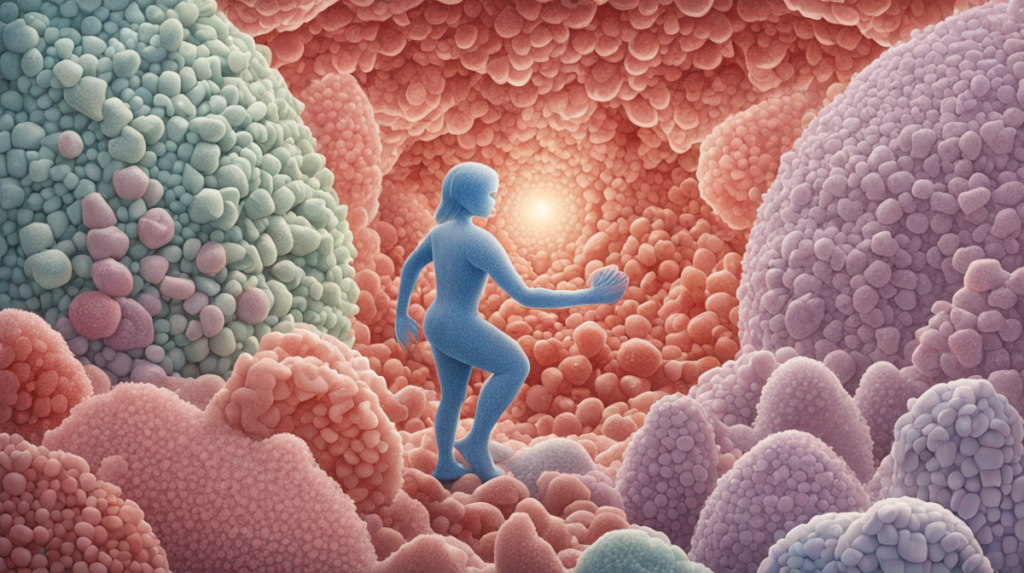Diabetes is a health condition that affects millions of people worldwide. The disease hampers the body’s ability to process sugar, leading to excess glucose in the bloodstream. Although common, there’s a lot of confusion about the different types of diabetes. This article aims to provide a comprehensive guide to understanding these varied forms, their causes, symptoms, and possible coping strategies.
Understanding Diabetes
To grasp the nuances between different types of diabetes, it’s vital first to understand the role of insulin. Insulin, a hormone produced by the pancreas, is responsible for regulating sugar (or glucose) in our bloodstream. However, in people with diabetes, this regulation process is hampered due to insufficient or ineffective insulin, leading to elevated blood sugar levels. Left untreated, diabetes can lead to serious health complications like heart disease, stroke, kidney disease, and vision loss.
Type 1 Diabetes
Type 1 diabetes is an auto-immune condition where the immune system mistakenly attacks insulin-producing cells in the pancreas. This results in little to no insulin being produced, causing glucose to build up in the bloodstream. While it can affect people of any age, it is often diagnosed in childhood or adolescence.
(Read Also: A Comprehensive Guide to Understanding the Different Types of Diabetes)
Symptoms & Management
Common symptoms include frequent urination, excessive thirst, unexplainable weight loss, and constant hunger. Since the body doesn’t produce insulin, people with type 1 diabetes must take artificial insulin every day, often through injections or an insulin pump. Regular monitoring of blood glucose levels is also essential.
Type 2 Diabetes
In Type 2 diabetes, the body either doesn’t produce enough insulin or becomes resistant to it, causing blood sugar levels to rise. This type is more prevalent in adults and is often linked to obesity, sedentary lifestyle, and unhealthy eating habits. However, an increasing number of younger people are also being diagnosed.
Symptoms & Management
Many symptoms are similar to type 1 but are often more gradual. Management largely revolves around lifestyle changes—healthy eating, regular physical activity, and weight control. Some people may also require medication to assist the pancreas in producing more insulin or to reduce insulin resistance.
(Read Also: Unlocking the Power of Nutrition: A Pathway to Prevent Chronic Diseases)
Gestational Diabetes
Gestational diabetes occurs in some women during pregnancy when the body becomes less sensitive to insulin. If not managed properly, high blood sugar levels can affect both mother and baby’s health. However, it usually resolves after pregnancy.
Symptoms & Management
While it often doesn’t show obvious symptoms, gestational diabetes is usually detected during routine pregnancy screenings. Management includes special meal plans, physical activity, regular blood sugar monitoring, and in some cases, insulin injections.
Conclusion
Understanding the different types of diabetes, their symptoms, and management strategies can help affected individuals lead healthier lives. Although a cure is yet to be found, with the right knowledge and support, managing diabetes can become a more manageable task.

